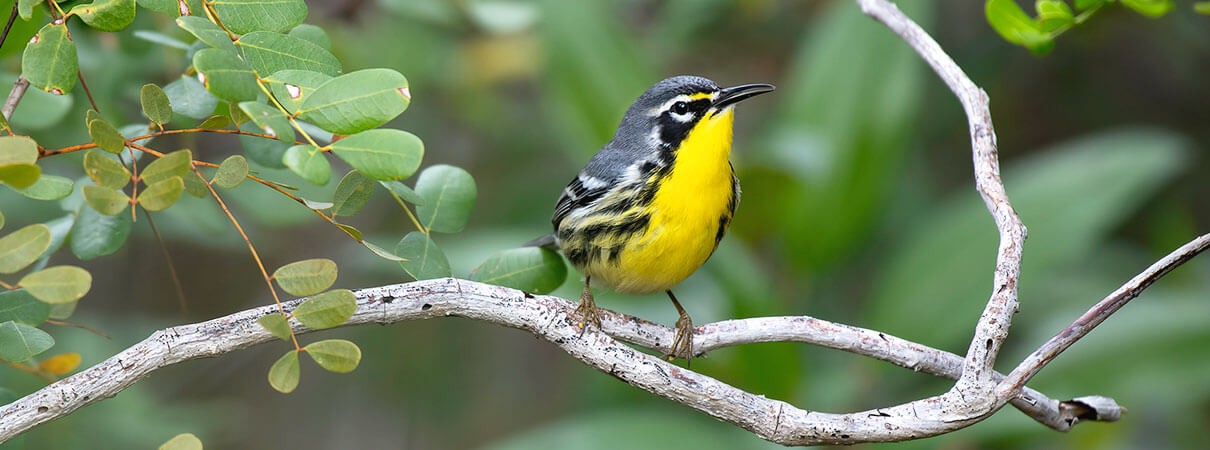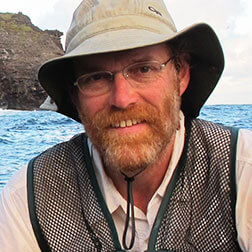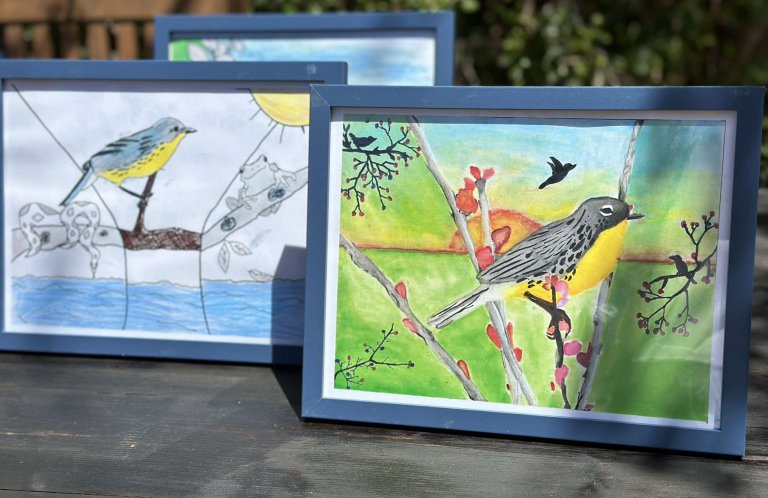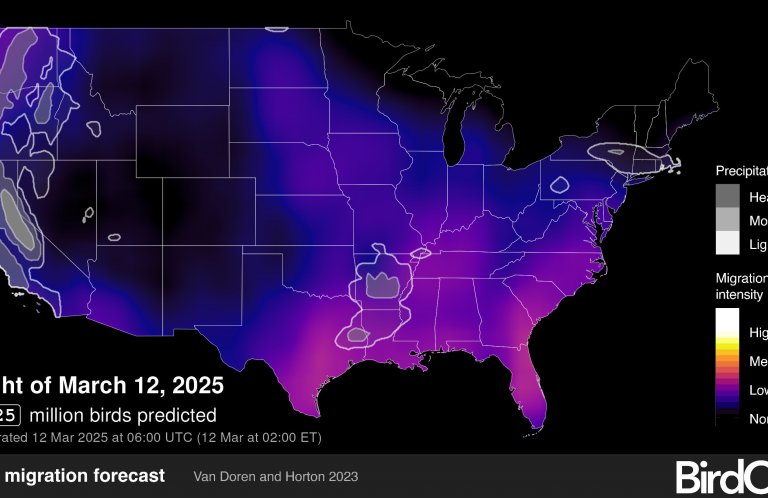For Bahamian Birds, Is There Life After Dorian?
Nothing seemed to be where it was originally. In fact, it looked like a bomb had gone off. Boats were sunken or tossed up onto land. A cellphone tower bowed pitifully, as if melted. Then there was the huge shipping container that lay in the forest miles from anywhere. No one was sure where it came from. All around, random shards of wood and metal littered the landscape.
The “bomb” had been Hurricane Dorian, a Category 5 storm that churned slowly over northern Abaco and Grand Bahama September 1 to 3, 2019. Dorian was the most powerful storm ever recorded in The Bahamas and the worst natural disaster in the islands' history.
Packing winds up to 200 miles per hour and storm surges over 20 feet, Dorian claimed the lives of at least 70 people; another 282 remain missing. The economic toll was over $3.2 billion in damage. In Marsh Harbour, Abaco's main town of 6,000 people, virtually every building was damaged and thousands were destroyed.

Bahama Warbler. Photo by Christopher Johnson
In the immediate aftermath of Dorian, all attention rightfully turned to rescues, relocations, and providing food and shelter for Bahamians displaced by the storm. Six months on, the country is still reeling from the hurricane's impacts, but is now beginning to assess the storm's heavy footprint on the environment as well, including the damage to forests, mangroves, and coral reefs.
Bahamas Recovery Update: Understanding the Impact on Birds
Five months after the storm, we were on Abaco trying to quantify Dorian's effect on Abaco's forests and birds. For our team of seven from Bahamas National Trust (BNT) and ABC, our task was to understand how birds fared in pine forests, which cover the majority of Abaco, and in the “coppice,” a tropical semi-deciduous woodland confined mostly to the island's eastern coast. We spent much of our ten-day trip conducting point counts of birds – counting all birds seen and heard along set points for set amounts of time – and plotting the presence and diversity of vegetation.
My colleague Scott Johnson, a BNT biologist, and I looked over Wilson City, on northern Abaco, over which Dorian's eye had passed. Before the hurricane, an intact coppice forest stood there. Now, all of the trees were stripped of their leaves. Thousands and thousands of branches were broken off, and many trunks were snapped or uprooted. It must have been total mayhem when Dorian roared through. Moving in this forest now was nearly impossible, but slowly we progressed. We wanted to get a picture of what this hurricane meant to the island's birds.

Scott Johnson in the field. Photo by George Wallace/ABC
Method in the Madness
Our daily routine was to wake up around 5 a.m., get breakfast, and then head out to do point counts early, while bird activity was highest. During our dual-observer counts, each of us would listen and watch intently, recording all the birds we could hear or see.
We would then “pish” – make a loud “spishing” sound – for three minutes to draw in any birds that might have been silently lurking nearby. Then we compared our counts of species and individuals, noting which observations we had in common and adding in ones only recorded by one of us to get our final tally for the count.
In the late mornings and afternoons, we worked on our “veg plots,” 200-square-meter parcels located adjacent to our point counts. In veg plots, we recorded the number, size classification, species, and hurricane damage of all of the vertical stems, and the heights of representative canopy trees. We also took fish-eye lens photos of the canopy that we will analyze later to estimate canopy cover – the percentage of sky obscured by vegetation, as seen from the ground.

Post-Dorian Landscape. Photo by George Wallace/ABC
One day, Scott and I did just five 13-minute point counts and three veg plots, covering about 2.5 kilometers, yet with all the debris it took us nine hours. Together the counts and vegetation analysis will give us insight into how bird species diversity and abundance varied in relation to vegetation structure in forests damaged by Hurricane Dorian, versus those that were spared.
The data will also help us understand how the status of certain species might have changed with the hurricane. In the most heavily damaged pine forests we surveyed, nearly all of the trees were dead and hardly a bird was to be seen.
Pine-dependent endemic species such as the Endangered Bahama Swallow and the Near-threatened Bahama Warbler have lost thousands of acres of their habitat on Abaco and Grand Bahama. This makes remaining habitat in good condition especially valuable, and suggests that restoration of pine forests could be a long-term priority for the conservation of these and other pine-dependent species.
All around, amid the new damage, you could also see the history of previous hurricanes recorded in the healed scars and regrown branches. It reminded me of the T-shirts I saw people wearing in Marsh Harbour, the ones that read: WE WILL REBUILD.
In the meantime, we will move forward with our partners at BNT on the analysis of our data and develop recommendations for future conservation efforts. We can also take some small comfort in knowing that the storm's “blast zone” was not even more extensive and that much of southern Abaco's forests and bird populations remain intact.
 | George Wallace is ABC's Threatened Species Conservation Officer. |


















































